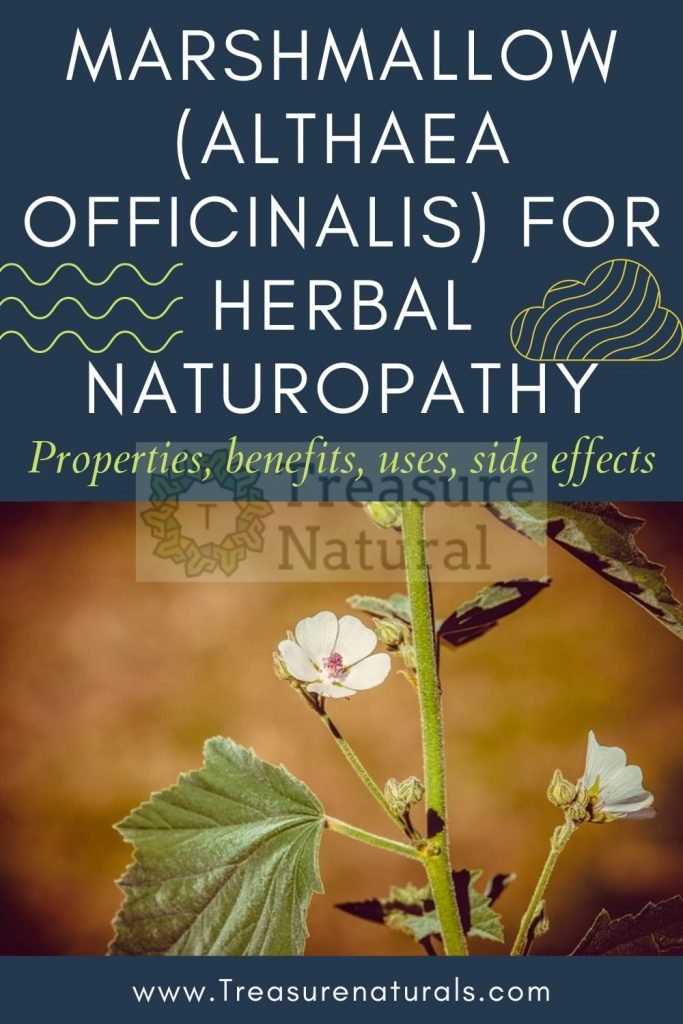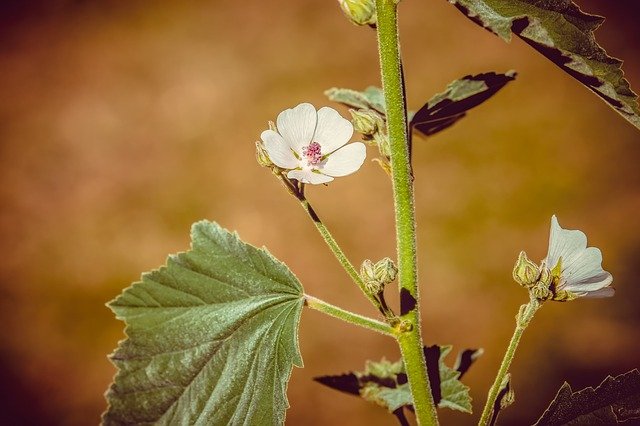
Marshmallow (Althaea officinalis) is a plant of the Malvaceae family. Useful in case of respiratory tract disorders, it also has emollient, soothing and protective properties. Let’s find out better.
Properties of the altea
Marshmallow root extracts contain starch, pectins, mucilage, sugars, fats and tannins. In particular, the mucilages give the plant emollient, soothing and protective properties of the mucous membranes. For this reason it is indicated in the treatment of all forms of inflammation.
The decongestant and antiseptic activity of the plant that plays on the soft tissues of our body makes it an effective remedy in the treatment of respiratory tract disorders, such as coughs and colds ; in case of sore throat and mouth irritations such as abscesses, stomatitis and gingivitis.
It also finds therapeutic applications in the digestive system, when we find ourselves in the presence of irritation and infections of the intestinal mucosa, caused by irritable bowel syndrome or by external viruses (enteritis, colic, diarrhea , constipation); lesions of the gastric or duodenal mucosa such as ulcers; and in case of inflammation of the bladder and kidneys, due to stones or cystitis.
Furthermore, marshmallow mucilage has shown a strong hypoglycemic activity useful in case of hyperglycemia and diabetes.
How to use
DECOCT: 1 level tablespoon of marshmallow root, 1 cup of water
Pour the chopped root into cold water, turn on the heat and bring to a boil. Boil for a few minutes and turn off the heat. Cover and leave to infuse for 10 min. Filter the infusion and drink it after meals to take advantage of the anti-inflammatory and protective action of the mucous membranes
Contraindications
The mucilage of this plant has shown strong hypoglycemic activity, therefore it is contraindicated to subjects being treated with insulin or oral hypoglycemic agents, because it can further reduce glycemic levels.
Description of the plant
Perennial herb, rich in thick down which gives it a velvety appearance, has an erect stem, simple or slightly branched (50-150 cm.), With a majestic bearing.
The root is crass formed by several twisted spindles white inside, yellowish outside. The leaves have a very short petiole; the lower ones are more or less rounded, those inserted along the stem are triangular, have a heart-shaped base and an acute apex, irregularly toothed or divided into three-five lobes, covered by strong and soft hairs.
The flowers large at most 3-5 cm and inserted in a number of one-three at the axil of the upper or terminal leaves, are formed by a calyx of five sepals reinforced by a calyx of seven to twelve laciniae and by five colored petals variable from pinkish white to purple.
The fruit is made up of numerous achenes arranged circularly next to each other, (10-20 cocci) have the shape of kidneys and a crustacean shell.
The habitat of the altea
Widespread in most of Europe, it grows in humid and swampy places. along the ditches, the canals, the banks, around the country houses.
Background

It is interesting to note how the botanical name of the marshmallow derives directly from the Greek Althain which means “ to cure ”. Also known as Bismalva, Malvavischio and Malvaccione, in ancient times its leaves were often used as food. In fact, the altea was considered a delicious food by the Romans, while it was used in times of famine by the Greeks, Turks and Syrians.
Its healing properties were already known in the humoral medicine of Hippocrates, but we find references about its virtues also in Horace, Martial, Virgil, Pliny and Dioscorides .
It is mentioned in one of Charlemagne’s capitulars and was widely cultivated throughout the Middle Ages. In those times its soothing and emollient qualities were exploited to treat swollen and infected sores, it was cultivated for this purpose in the gardens of monasteries. Hildegard of Bingen administered it to treat fevers, coughs, colds, respiratory tract congestion and headaches.
The active ingredients, concentrated in the roots, which, in French folk medicine were pulverized and used in the preparation of soft candies called pȃtè dȩ guimauve and indicated in inflammation of the cord and in case of cough.






